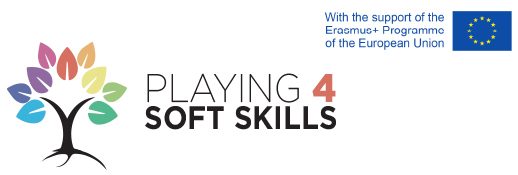Juan Antonio Espinosa
Through their works, artists continually explore the possibilities and limits of communication. The artistic message assumes different functions or meanings: sometimes it intends to transmit what the artist is feeling, other times it explains the situation that he is going through; sometimes, the work serves the artist to say what he thinks about a given topic.
The artistic message enjoys unlimited freedom of expression, it oscillates between the sublime and the vulgar, the kind and the unpleasant; it plays with different levels of meaning: it transits between clarity and complexity; between the direct and the subliminal. Perhaps, of all the forms of expression of the artist, the one that most explores the limits of the relations between artist and public is performance: an artistic manifestation that emerged throughout the 20th century as an alternative to other traditional means of expression such as sculpture, painting or writing.
As the American historian Rose Lee Goldberg explains, no other form of artistic expression has such an unlimited manifestation, since each interpreter makes his or her particular definition in the process and manner of execution. In his book Performance Art: From Futurism to the Present (1979) she writes:
“By its very nature, performance escapes an exact or simple definition beyond that it is living art made by artists (…) Since it freely resorts to any number of disciplines and media -literature, poetry, theatre, music, dance, architecture and painting, as well as video, film, slideshows and narrative- in search of material, unfolds them in any combination”.
One of the greatest exponents in the performance Art is Marina Abramović (Belgrade, 1946) who defines her actions as an ephemeral art in which the artistic piece is composed in equal parts by the public and the artist, in other words, between the sender and the receiver of the message. It would not be correct in this case to say “between the actor and the audience” since for Abramović performative art is contrary to the idea of theater or representation because what she seeks is authenticity and it’s an art in which emotions are real.
In 1974, Abramović develops his controversial work Rhythm 0. One night in Naples the Serbian artist had gathered 72 objects some potentially dangerous (a revolver, a bullet, a whip, a knife, some nails…) others in appearance harmless (water, cotton, flowers, thread…) with the following message:
“There are 72 objects on the table, which everyone can use on me as you wish. Performance: I am the object. During this period I take full responsibility for everything that happens. Duration: 6 hours (from 20:00 to 02:00)”.
Abramović, tired of the fact that performance was not considered a form of real art and of the qualifiers that she and other performative artists received such as exhibitionists, ridiculous, etc., tried to report it on the basis of her own work. According to the artist: “I was so angry with the reaction of the media to our art that I started to think about what I could do to make the situation visible. With Rhythm 0 I gave the audience all the possibilities”.
Abramović’s work from the beginning revolves around the connection with the public and explores the different ways of empathizing with the human being. Looking into the eyes, using body language, active listening and employing the right tone are all key and prescriptive aspects for any effective communication. These are all features that Abramović has in mind both in his performances and in his lectures.
Abramović gained worldwide fame for her well-known performance The Artist Is Present, which opened on 14 March 2010 at MoMA in New York and in which the artist spent 736 hours and 30 minutes sitting motionless in front of a table. The spectators were invited, in turn, to sit in front of her and look each other in the eyes, in silence, tearing tears, smiles or nothing. It’s about understanding the look as the most basic form of communication.
Two years later, in her series With Eyes Closed I See Happiness (2012) in one of her workshops the artist showed the world how to drink a glass of water, establishes a “dialogue” with an audience of 400 people who asks attendees to try to drink in a different way, not in the way that we usually do to quench our thirst, but with our eyes closed, in small doses trying to make the body aware of the action that it does, recognize that liquid and that action that goes unnoticed in our lives, there it puts the focus for Abramović. At the same time that the physical sensation of the act of drinking water was intensifying, her message was intended to raise awareness about the care of the environment and the attempt to curb global warming.
In his 2015 TED conference entitled “An art made of trust, vulnerability and connection” she questioned that it is not only a matter of criticizing but what we individually do to change the world, claiming that the artistic experience is not a passive but active act, which helps to enhance the transmission of the message. Abramovic addressed an audience blindfolded and ended his lecture by asking each attendee to stare at the person next to him. His message read as follows:
“I ask you only two minutes of your time, that’s very little. Breathe slowly, don’t try to blink, don’t be self-conscious. Be relaxed. And just look a complete stranger in the eyes, in his eyes”.
Introducing truth and vulnerability into the message is a way to facilitate its transmission and understanding.
Sources:
Marina Abramović, “An art made of trust, vulnerability and connection”, TED, 2015.
Marina Abramović, citada por Ignacio Viloria, “Ritmo 0”, Líneas sobre arte, julio 10, 2017.
Marina Abramović, “Quiero ver hasta dónde puedo llegar con mi cuerpo”, Revista UNSAM, N° 11, 2015.
